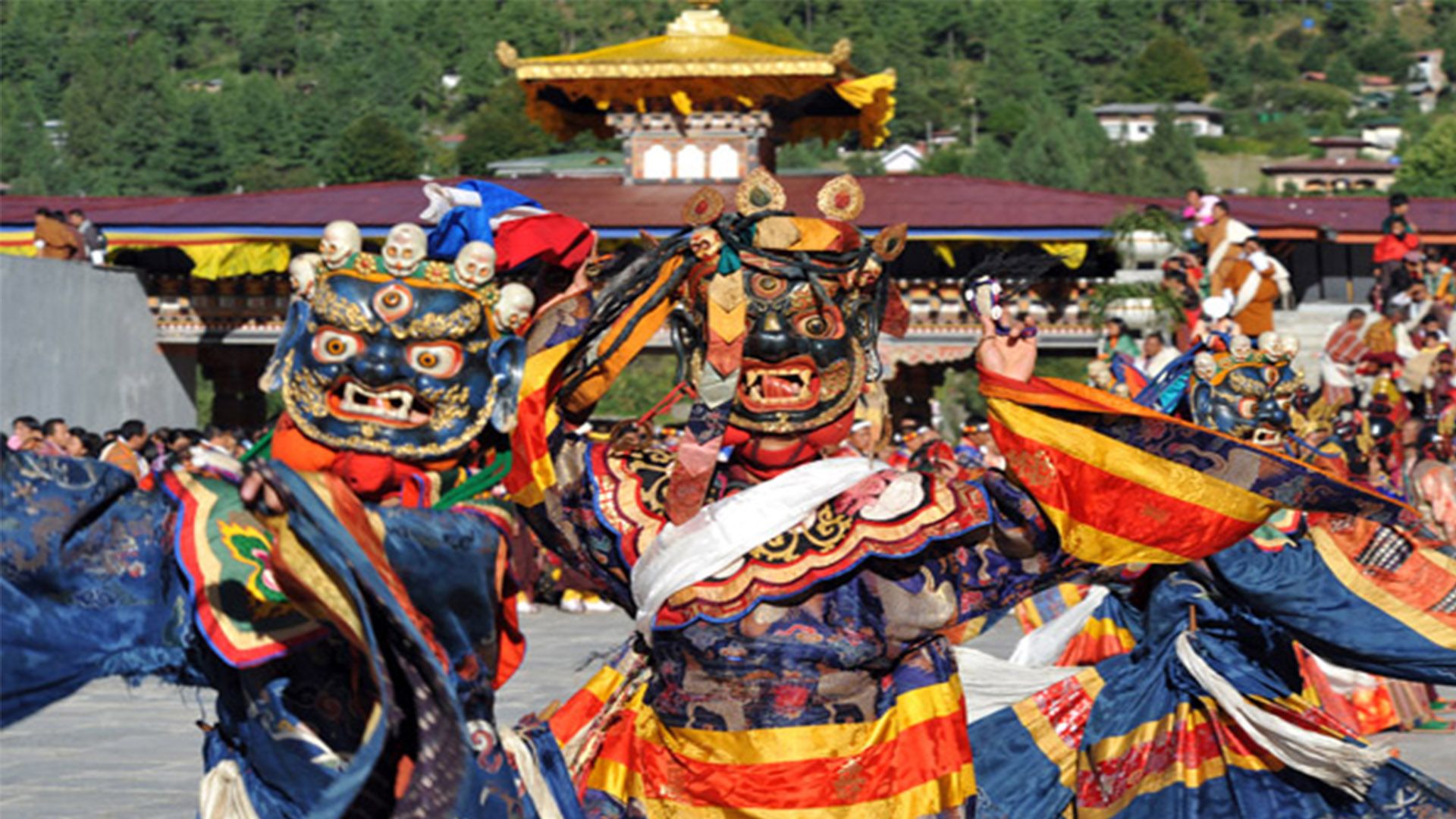4 years ago

This month of the Tibetan calendar is considered auspicious and this particular tenth day of the Lunar calendar holds special importance in Bhuntanes.
This day is believed that Padmasamvawa had visited Bhutan to aid the dying king Sindhu Raja. Padmasambhava performed a series of dances in the Bumthang Valley to restore the health of the king.
Filled with gratitude, king Sindhu Raja helped spread Buddhism in Bhutan. Padmasambhava, visited Bhutan in the 8th century and 9th century.
Padmasambhava organized the first tshechu in Bumthang. In this remembrance every year TsechuFestival is held in Bumthang, Paro, Thimphu within Bhutan and other monasteries outside Bhutan that have close relationships with the Kingdom of Bhutan.
The eight manifestations of Padmasambhava are presented through eight forms of dances. These became the Cham dances depicting the glory of Padmasambhava.
Most tshechus also feature the unfurling of a large thangka typically depicting a seated Padmasambhava. Mere viewing of which is said to cleanse the viewer of sin. The thongdrel is raised before dawn and rolled down by morning.
The renowned Annual TsechuFestival was also performed in DrukSangagCholing, Darjeeling. The Annual Tsechu Festival is held in the honour of Guru Padmasambhava, popularly known as "Guru Rinpoche", the Precious Teacher.
This Indian saint contributed enormously to the diffusion of Tantric Buddhism in the Himalayan region of India, Tibet, Nepal and Bhutan.
During the mask dances, the deities of the tantric teachings are invoked and through their power and blessings. The masked dances and rituals performed help remove misfortune and negativity, and help bring peace and happiness to all sentient beings.
All evil spirits and demons which are preventing the spread of dharma are suppressed so that the doctrine of Lord Buddha can flourish and bring peace and happiness to all sentient beings.
The whole monastery was sanitised by monks for the safety of all the devotees.
Kyabje Drukpa Thuksey had just returned from an important tour in Ladakh. As soon as back from the trip he started preparing for the annual Tsechu ceremony. There were large social gatherings.
The Thimphu tshechu and the Paro tshechu are among the biggest of the tshechus in terms of participation and audience. They are related to traditions in other branches of Himalayan Buddhism, many of which have been banned in Tibet.
The focal point of the tshechus is Cham dances. These costumed, masked dances typically are based on incidents from the life of the 9th century Nyingma teacher Padmasambhava.
Typically, monks perform masked and unmasked in certain group dances, including the Black Hat dance. The monks are generally very precise in their movement.
Padmasambhava used to convert opponents of Buddhism by performing rites, reciting mantras and performing a dance of subjugation to conquer local spirits and gods. Shechen Monastery Nepal also performed elaborate dance of Padmasambhava yesterday, 23rd March 2021.